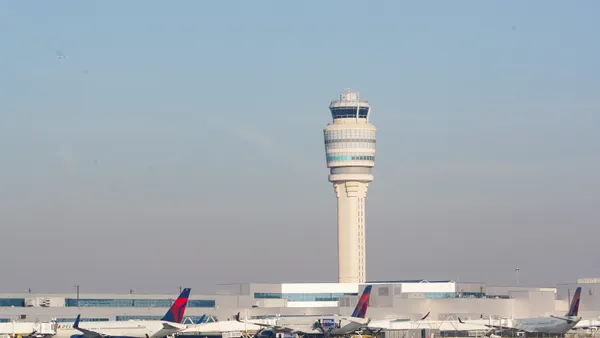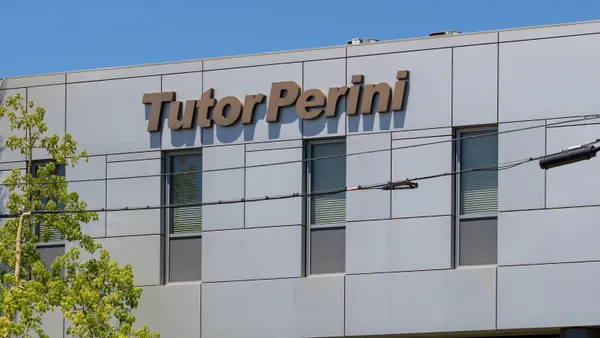Dive Brief:
-
San Diego will break ground Saturday on the construction of a $2.1 billion, 11-mile Mid-Coast Trolley expansion, the Times of San Diego reported.
-
The new Blue Line route will extend light-rail service northward from the city's downtown to the University of California, San Diego, and then east to a point in University City, which will mark the end of the line.
-
The project, which scored a 10-year, $1.04-billion Federal Transit Administration grant in September and is considered the largest-ever such endeavor in San Diego, is slated for completion in 2021.
Dive Insight:
Competition is stiff for FTA Capital Investment Grant funding, so San Diego's federal award can be considered quite a coup. In addition to federal money, the rail will also benefit from a half-cent increase in the regional TransNet sales tax.
Earlier this month, Skanska announced that it had a $307-million stake in a Stacy and Witbeck–led joint venture that snared the $922-million extension contract. Skanska said that aside from additional service to the university, the new line would make it possible for more residents to connect to a greater number of trolley lines and allow easier access to points as far south as the U.S.–Mexico border.
Federal grants and programs are creating more opportunities for cities to start on or expand their rail and other transportation projects. Earlier this year as part of one such initiative, the U.S. Department of Transportation named the four winners – Spokane, WA, Minneapolis–St. Paul, Nashville, TN, and Philadelphia — of its "Every Place Counts Design Challenge." Each city, which has historically been disadvantaged when it comes to community mobility, received a revamped plan formulated by industry experts for a transportation project already underway. The prize did not include the funding to move forward on those projects.
Selling communities on rail transportation, no matter how beneficial, can be a challenge given their billion-dollar price tags. Projects in Chicago, Seattle and Minneapolis have each faced funding-based opposition, although a group of Minneapolis-area public entities managed to execute an end-run around uncooperative state lawmakers and finance a portion of their project themselves, enough to secure federal funds.
Others, like the proposed Purple Line in Maryland, must deal with opposition from citizens who don't want such projects near their homes. The $5.6-billion, 16-mile light-rail line is on hold after a federal judge ordered a new environmental review based on a possible discrepancy in potential ridership numbers.













